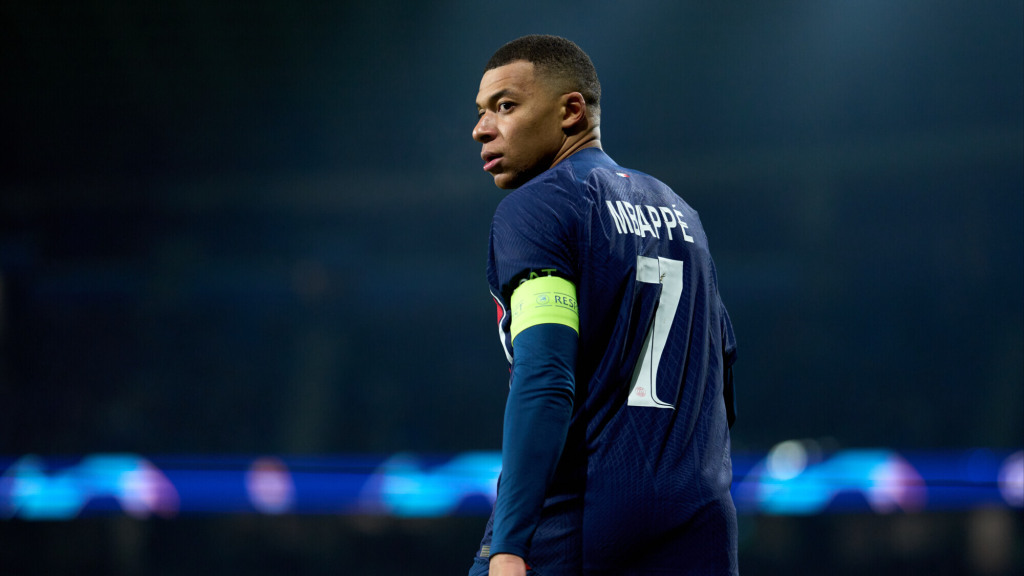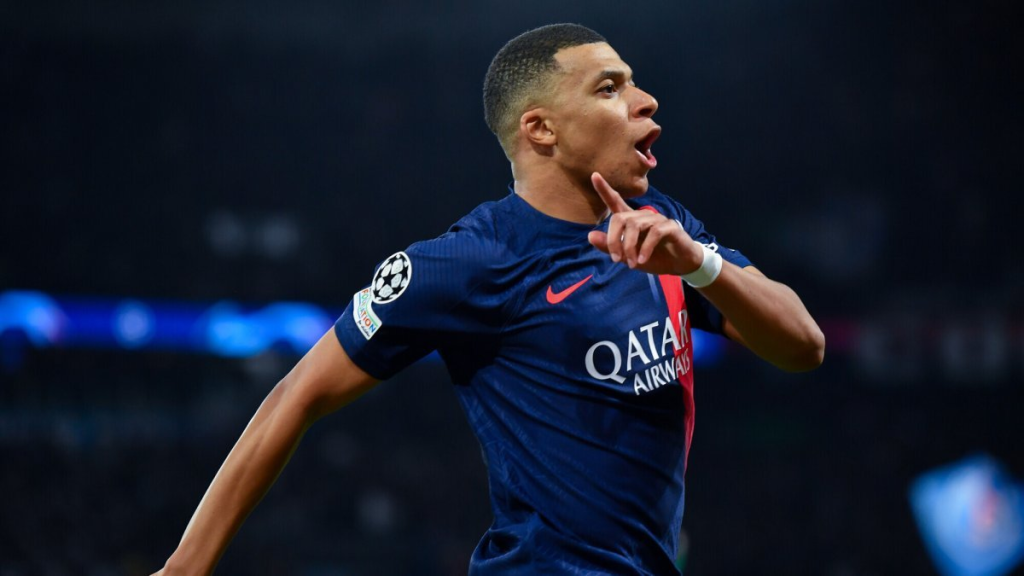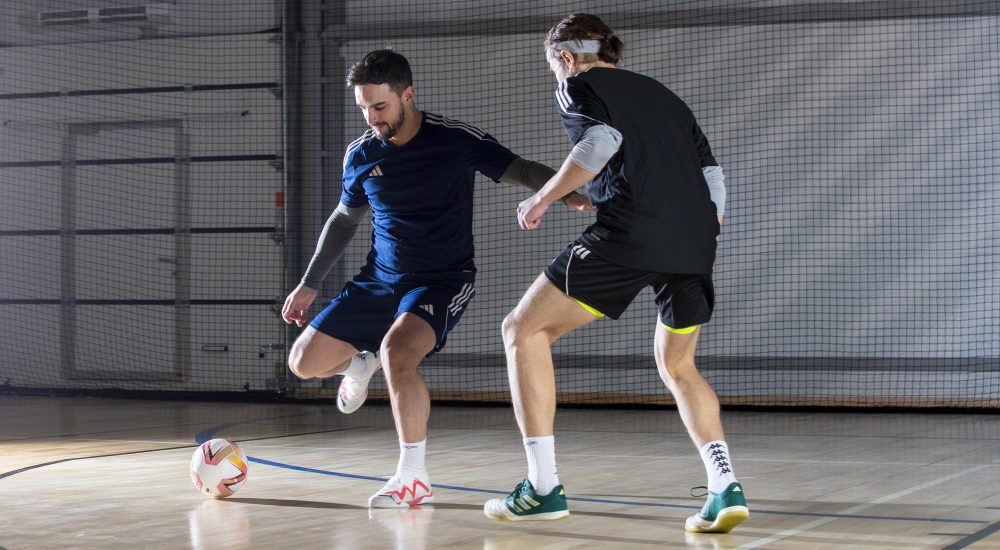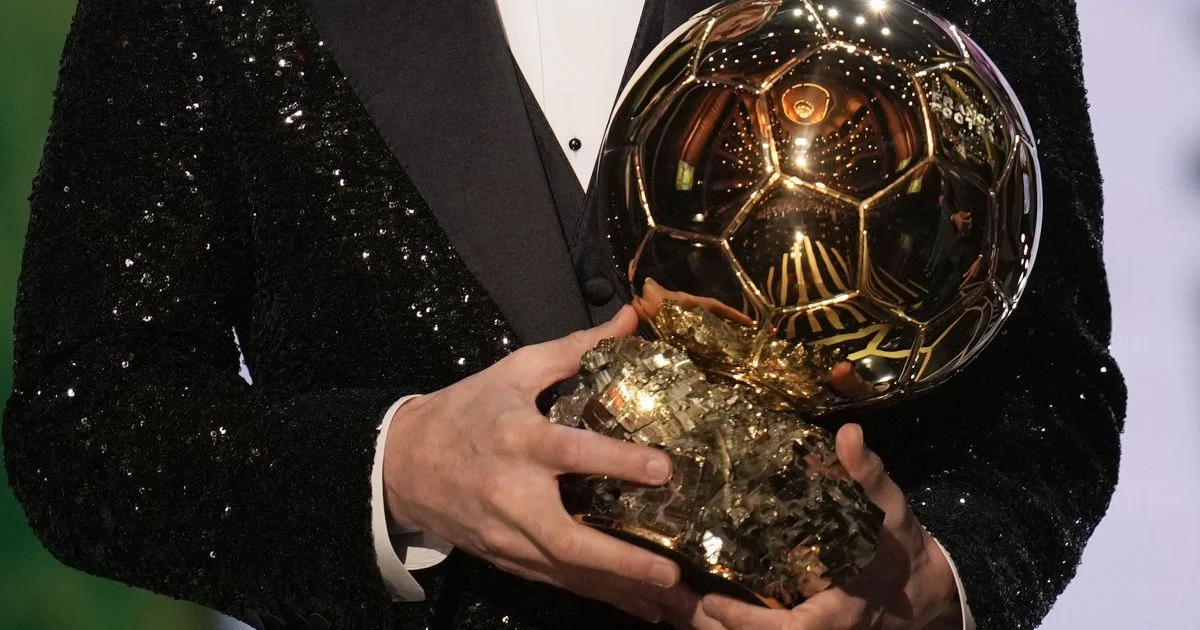The story of Kylian Mbappé’s biography did not begin on the pitch, but under conditions in which the weight of success was subject to a rare combination of genes, tenacity and environment. The town of Bondy, a poor suburb of Paris, shaped the character of the future champion, slowed down his decision-making process and prepared him mentally for global attention. At just eight years old, Mbappé was able to dominate his peers, even those who were in a class of their own, thanks to his speed and technique. Street football in Bondy has become the launch pad for a player capable of rewriting the attacking strategy of entire clubs and national teams.
Biography: Kylian Mbappé’s career from Monaco to his ambitions at Real Madrid
His career began with a triumph in Monaco, where the team’s attacking model in the 2016/17 season provided the young striker with ideal conditions for exponential growth. Under Jardim’s leadership, Kylian Mbappé’s biography reached its first significant milestone: 26 goals in one season, including important goals in the Champions League.
The transfer to PSG marked a new direction. Paris not only got a footballer, but a machine full of speed, results and brand. The transfer fee of 180 million euros was not a record, but an indicator of market change. In every Ligue 1 championship, Mbappé scored over 25 goals, maintaining a consistent goal ratio of over 0.8 goals per game. It was PSG that saw him not as an asset, but as a cultural symbol. Today, Real Madrid is not concerned with a transfer, but with a strategic investment in the future, taking into account the player’s age, performance and marketing capital.
Record holder: Kylian Mbappe’s achievements by season
 Kylian Mbappe’s biography includes a unique collection of trophies and personal awards. Since 2017, he has won:
Kylian Mbappe’s biography includes a unique collection of trophies and personal awards. Since 2017, he has won:
- World Cup (2018) – 4 goals, including the last one, status of the best young player of the tournament.
- 5 Ligue 1 championships.
- 3 French Cups.
- 1 UEFA Champions League final in 2020, key role in the playoffs.
- Goal of the Year in Ligue 1 – 3 times in a row.
- French Golden Boot – 5 seasons in a row.
As of May 2025: ‘How many goals has Kylian Mbappe scored?’ – over 300 at club level and over 50 for the national team. His international goal ratio is 0.65 goals per game.
The DNA of explosive attack: speed and style as weapons
Striker Mbappe doesn’t just use speed – he integrates it into the tactical matrix of the game. His top speed has been measured at 38 km/h – higher than any other striker in the UEFA Champions League in the last five years. But the raw number does not explain the main thing: the athlete reads the defenders, plans his trajectories 2-3 steps in advance and attacks not the zones, but the psyche of his opponents.

Kylian Mbappé’s biography makes high-speed sprints a weapon of strategic importance. The ability to change the vector of movement at a right angle, adapt to his partners and maintain pace throughout the game are qualities that have made him the poster boy for the new striker formation.
The limits of privacy: Kylian Mbappé’s private life off the pitch
Despite his media status, Kylian Mbappé’s private life remains structured and private. Education has been a priority since childhood and includes intensive study of Spanish and English. He is surrounded by a small circle of trusted individuals, including family and a sports agent. Public initiatives include supporting school education in French suburbs, projects in Senegal, and partnerships with organisations fighting racial discrimination in football.
The French footballer consciously limits the influence of commerce on his personal life, minimises his participation in reality TV projects and focuses on his sporting mission. Kylian Mbappé’s biography is an example of a balanced relationship between public pressure and personal identity.
New attacking code: How Mbappe changed the perception of the striker role
In the modern model of football tactics, Kylian Mbappe’s biography introduced the concept of the ‘intelligent striker’. Unlike the classic ‘nines’, his role in the team is not limited to finishing attacks. The footballer creates width, forms depth and breaks through the lines between the opponent’s midfield and defence.

Teams adapt their line-up to the player’s style of play. PSG used a 4-3-3 with wide areas to enable wing runs. The French team fielded an asymmetrical attacking trio under Mbappe. Such restructuring turns a player into a system-building element and not just a top performer.
How many goals, how many titles, how many games
Career parameters for May 2025:
- Games (club + national team): 470+.
- Goals (total): 350+.
- Assists: over 150.
- Appearances for the French national team: 90+.
- Goals for the national team: more than 50.
- Trophies: 14+.
Efficiency is over 0.75 goals per game. The figures confirm that Kylian Mbappé’s biography is not only a path but also an instrument for the transformation of professional football.
Architecture of the media image: from player to cultural symbol
An athlete’s media profile goes beyond sport. Contracts with global brands, covers of prestigious magazines and the leading position in the Ballon d’Or vote shape not only the image of a footballer, but also that of a global idol for an entire generation. Advertising campaigns by Nike, Dior and Hublot adapt the image to the needs of different markets: from street fashion to haute couture classics.
Kylian Mbappé’s biography symbolises a new type of athlete – a figure who influences the industry’s economy. Every player’s game is an event that generates revenue, conveys ideology and shapes a new style of fan behaviour.
How Mbappé has changed important aspects of modern football:
- Speed as a philosophy – changed the approach to speed training.
- Role flexibility – highlighted the need to adapt positions within a scheme.
- Football as a brand has turned club uniforms into media objects.
- Performance – raised the level of young players in the top leagues.
- The club’s infrastructure forced teams to adapt their coaching staff and medical personnel.
- Tactical diversity – expanded the striker’s role in high-level games.
- The psychology of a winner – introduced a new behavioural model in the dressing room.
- Influence beyond the pitch – strengthened the social role of footballers in the public sphere.
An icon is not an icon in form, but in content.
 Kylian Mbappé’s biography is a rare example of how an athlete has changed not only the game, but an entire industry. Style, speed, consistency and ambition have redefined the parameters of football performance. The Bondy player has become the symbol of a new era in which the striker sets the pace of the tournament, shapes the team according to his wishes and creates a legacy not only after his career, but at its peak.
Kylian Mbappé’s biography is a rare example of how an athlete has changed not only the game, but an entire industry. Style, speed, consistency and ambition have redefined the parameters of football performance. The Bondy player has become the symbol of a new era in which the striker sets the pace of the tournament, shapes the team according to his wishes and creates a legacy not only after his career, but at its peak.
 en
en  de
de  ar
ar  es
es  nl
nl  hi
hi  fr
fr  it
it  pt
pt  el
el 










